Atlantic Ocean Excited To Move Into Beautiful Beachfront Mansion Soon
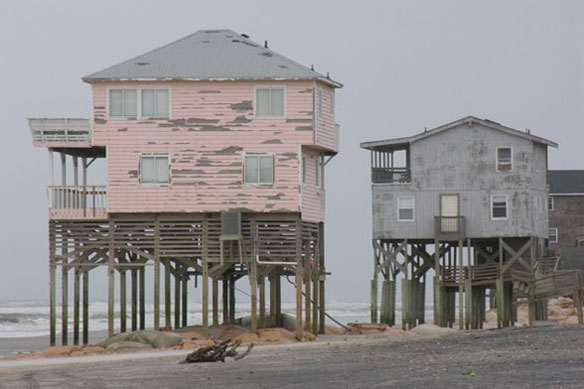
Admitting it has had its eye on the property for quite some time, the Atlantic Ocean confirmed Monday that it was looking forward to moving into a beautiful beachfront mansion in the near future.
NASA’s Front Porch View of Rising Seas
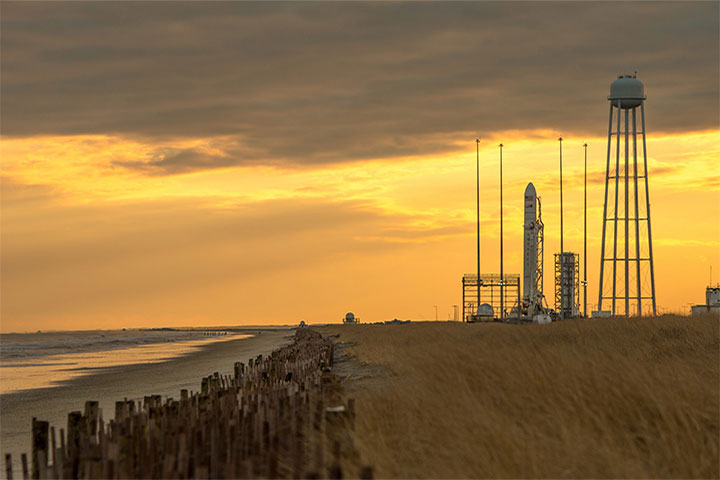
For the past two centuries, two trends have been steady and clear around the United States. Sea level has been rising, and more people have been moving closer to the coast.
Unrestrained Fossil Fuel Burning Could Drown World’s Major Cities
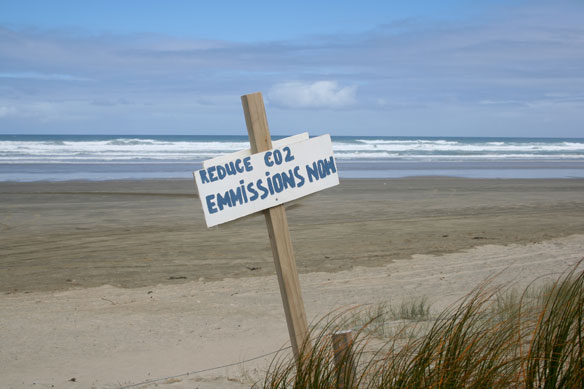
Burning all of Earth’s fossil fuels would trigger enough global warming to completely melt the Antarctic ice sheet. It would cause sea levels to rise by 200 feet (60 meters), drowning land around the world that is currently home to more than a billion people, the researchers said in the study.
NOAA: El Niño May Accelerate Nuisance Flooding

According to a new NOAA report, many mid-Atlantic and West Coast communities could see the highest number of nuisance flooding days on record through April due to higher sea levels and more frequent storm surge, compounded by the strengthening El Niño, which is likely to continue into the spring.
Summer Sea Ice Likely to Drop to 4th Lowest on Record

The shell of ice that covers the Arctic Ocean is nearing its yearly low point and projections suggest that it will be among the four lowest summer minimums on record.
Watching the Rivers Flow on Greenland
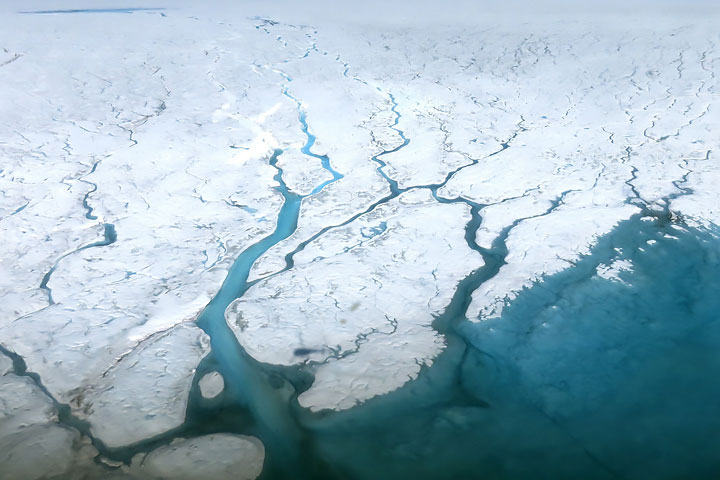
Besides contributing to sea level rise, melt water runoff also accelerates ice loss: when the water percolates through the ice sheet and reaches the rock below, it slightly lifts the ice, helping it flow faster toward the ocean.
New Sea-Level Rise Handbook Highlights Science and Models for Non-Scientists
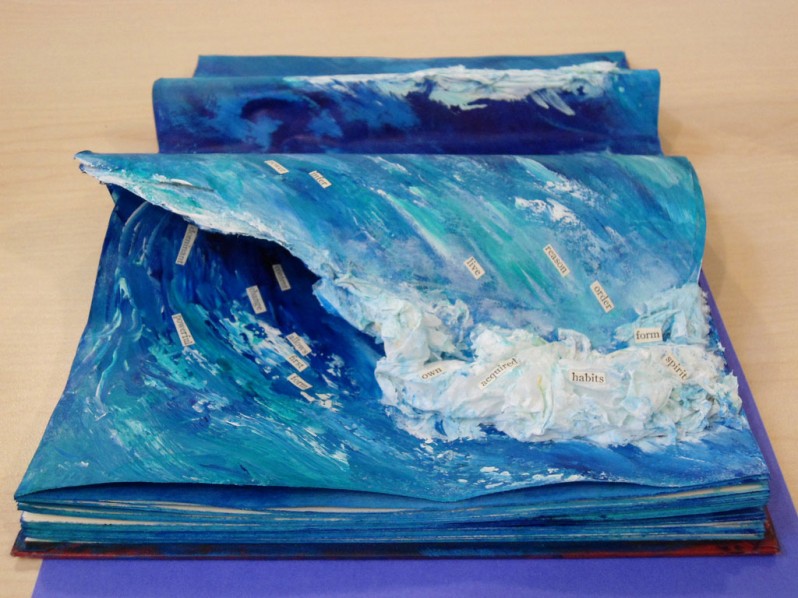
Coastal managers and planners now have access to a new U.S.G.S.handbook that, for the first time, comprehensively describes the various models used to study and predict sea-level rise and its potential impacts on coasts.
The Fingerprints of Sea Level Rise
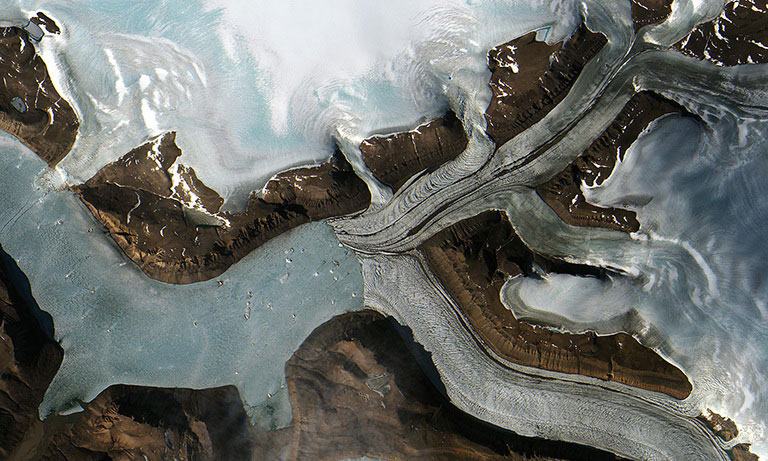
When you fill a sink, the water rises at the same rate to the same height in every corner. That’s not the way it works with our rising seas.
NASA: Rising Sea Levels More Dangerous Than Thought
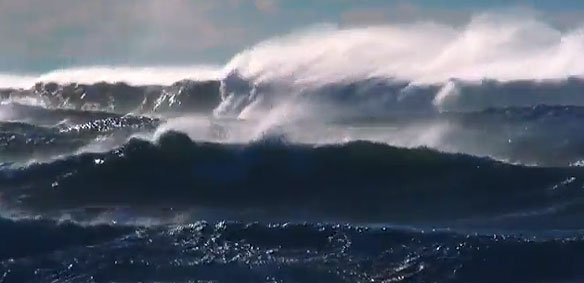
The consequences of global sea level rise could be even scarier than the worst-case scenarios predicted by the dominant climate models, which don’t fully account for the fast breakup of ice sheets and glaciers, NASA scientists said today (Aug. 26) at a press briefing.
